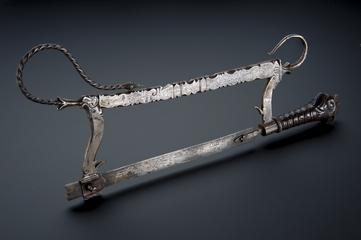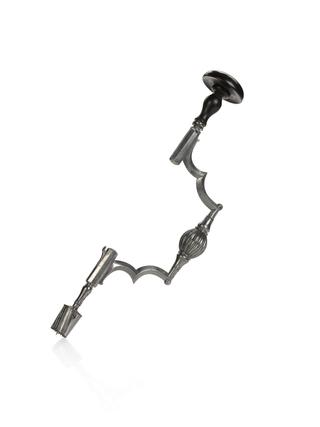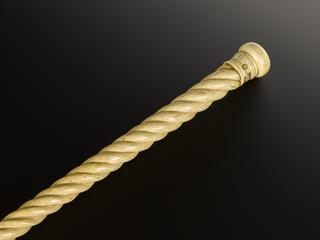Amputation set, almost complete, steel and ebony instruments, in leather case, by Lichtenberger of Strasbourg, c. 1800
The leather case set contains a range of equipment a surgeon would need to perform amputations. These include a number of rather gruesome looking knives and saws to cut through skin, muscle and bone. The instruments are made from steel with ebony handles. Materials such as ebony were difficult to clean and these instruments would very likely have harboured dirt and dangerous micro-organisms. Only later in the century, with the introduction of aseptic surgical procedures, were instruments finally made of materials that could be fully sterilised.
Inside the lid there is a handwritten inventory signed by surgeons of the Military Hospital in Strasbourg, France. This set was probably used during the Napoleonic Wars (1803-1815). Amputations of arms and legs were common and were carried out without anaesthetic. One surgeon of the Napoleonic Wars claimed that at the Battle of Borodino in 1812 he performed two hundred amputations in a single day.









